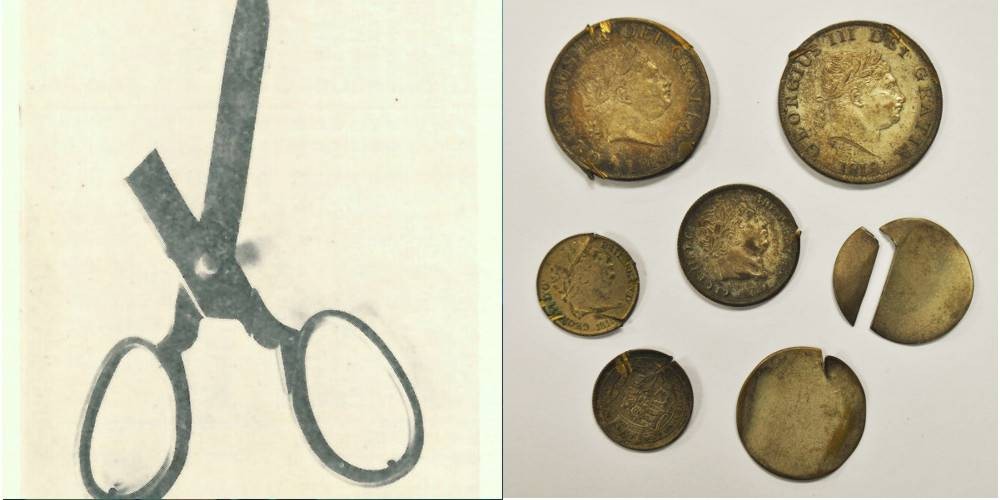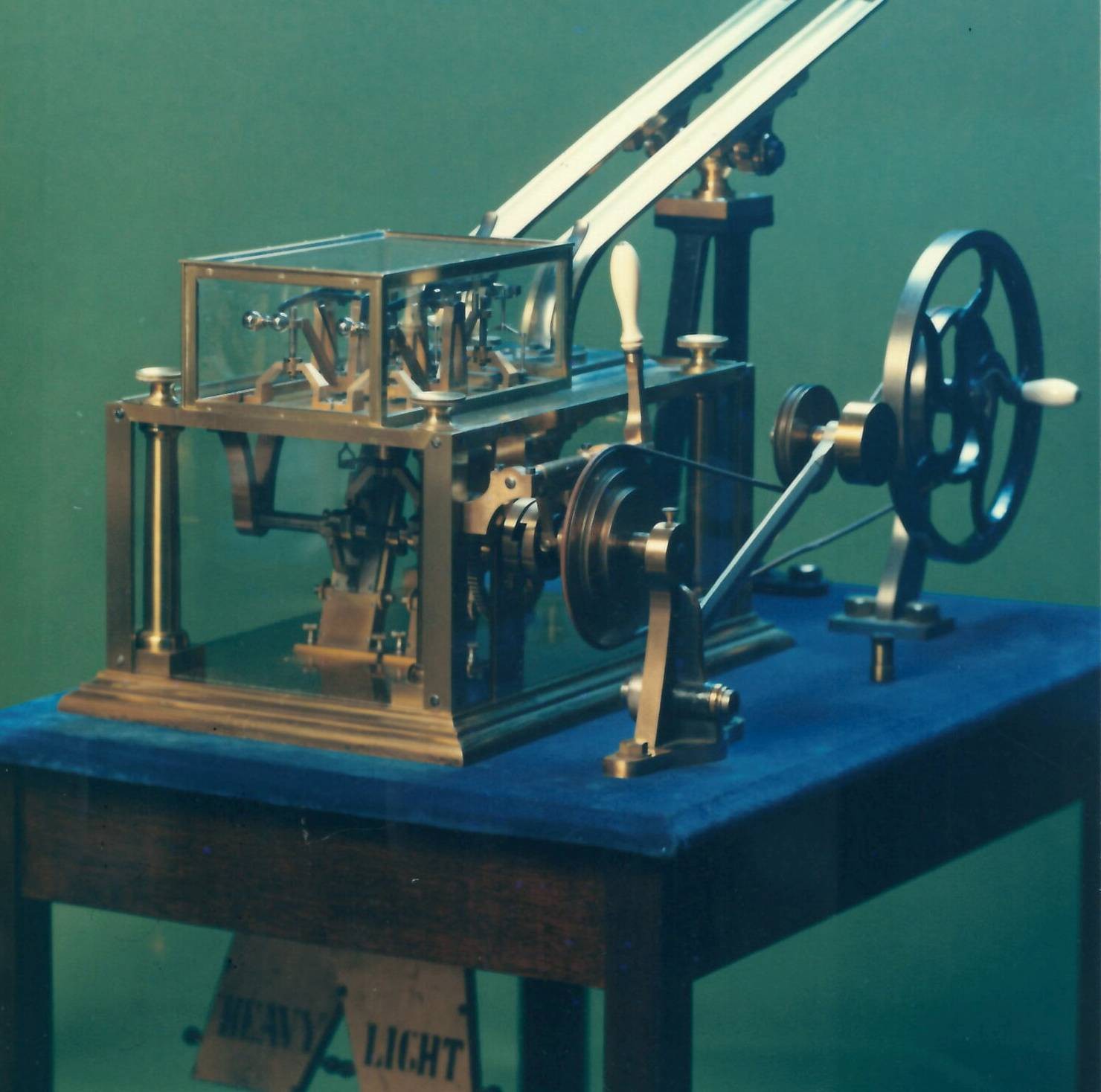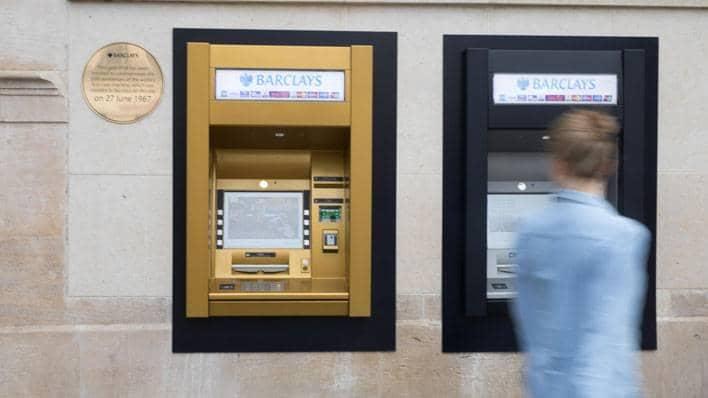
From the archives: The ATM is 50
From the moment the velvet curtain was drawn back at a Barclays branch in London’s Enfield, the way we bank was altered forever
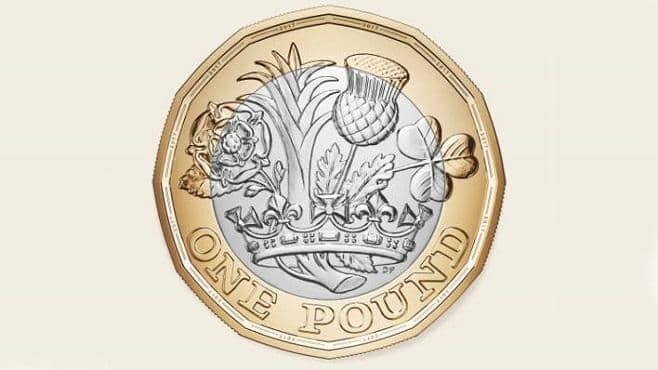
For as long as there has been currency, there have been counterfeiters. With 2.5% of the £1 coins in circulation in 2015 estimated by the Royal Mint to be counterfeit, protecting the currency from fraudsters was the major motivation for changing the design of the coin.
The new coin is bimetallic, has milled edges and micro-lettering, and features a hologram-like “latent image” that changes from a ‘£’ symbol to the number ‘1’ when seen at different angles.
It’s a far cry from the methods used to protect from counterfeiting in the past, as a delve into the Barclays archives shows.
1. Coin shears
Coin shears and other filing implements could be used by criminals to “steal” gold from coins while still using the reduced coin as currency. The heavy scissors also had a use on the right side of the law – banks would clip counterfeit coins to render them useless, as these examples of half-crowns, sixpences and shillings from the early 19th century show.
Coin sheers were used to “steal” gold from coins
2. Testing
All sorts of machines were developed to ascertain whether currency passed was real. From simple weights and balances to elaborate coin testers to ultra-violet readers. The UV machines that scan your notes in the shops of today are a far cry from this coin tester of the late 1800s.
A coin tester from the late 1800s
3. Uttering
Possessing counterfeit money and putting it into circulation was known as “uttering”, while the act of forging coins was called “coining”. Forgers were taking a huge risk: punishments for counterfeiting ranged from hard labour to transportation, although the crime did cease to carry the death penalty in 1832. By 1850, 20 per cent of all Central Criminal Court trials were concerned with forgery. As this circular from Backhouse’s Bank (later merged with Barclays) shows, public awareness was one way of beating the counterfeiters.
A circular from Backhouse’s Bank (later merged with Barclays) making the public aware of counterfeiters in their area.
4. Crude counterfeits
Some counterfeit coins are more convincing than others. Some early forgers would simply spray lead with gold paint and hope for the best. Techniques improved, and The Times reported that the Amsterdam mint of Patrick Onel, which flooded the UK with 30 million counterfeit £1 coins from 2006 to 2013, led the Treasury to develop the new 12-sided coin. This picture, showing genuine (left) and fake (right) pound coins from 2004, reveals differences in colour, detail and alignment.
Genuine (left) and fake (right) pound coins from 2004, reveals differences in colour, detail and alignment
5. New coin
The Royal Mint is producing 1.5 billion new pound coins, shown here. With a current “fake” rate of 2.5%, as opposed to the 0.1% estimated for the newer, bimetallic 1 euro coin, a reduction in counterfeit rates could save the economy tens of millions of pounds.
The Royal Mint is producing 1.5 billion new pound coins

From the moment the velvet curtain was drawn back at a Barclays branch in London’s Enfield, the way we bank was altered forever
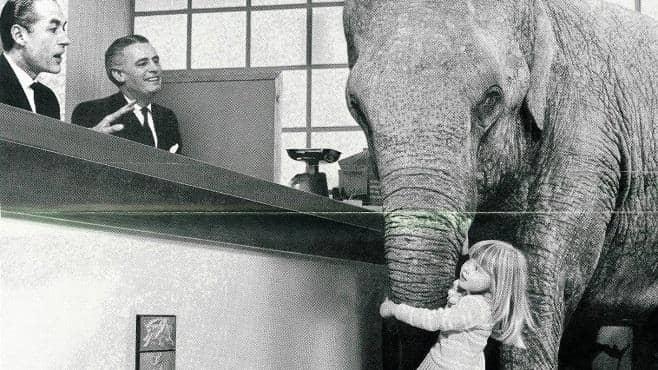
We take a nostalgic look through the Barclays archives at how the bank has promoted its children’s accounts through the decades
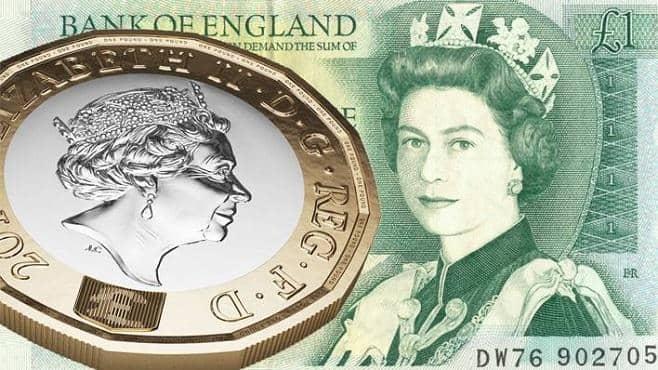
It was April 1983 and David Bowie was at number one in the charts with ‘Let’s Dance’ when the original £1 coin was introduced
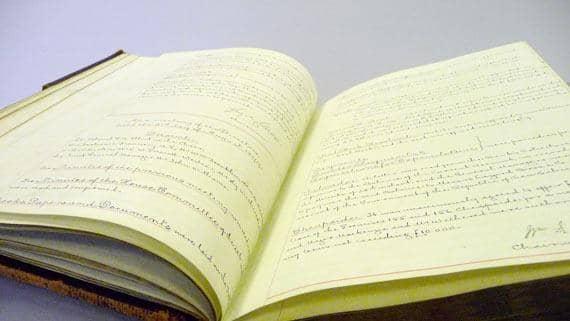
Barclays Group Archives are home to the records of Barclays PLC and its predecessors, dating from 1567 to the present day
